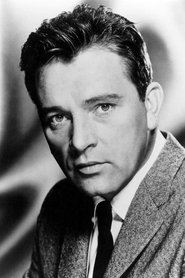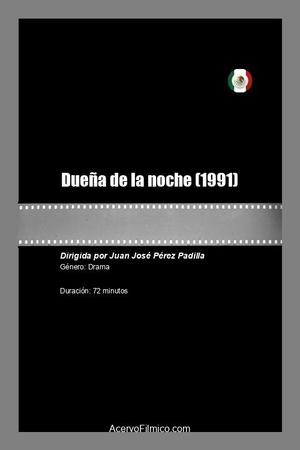
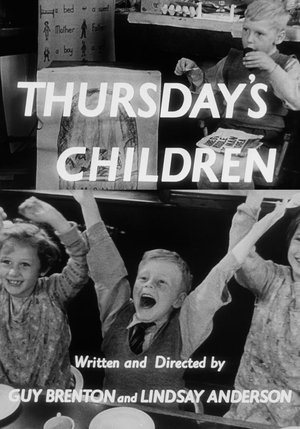
Thursday's Children(1954)
Won the Academy Award for the Best Documentary Short of 1954. The subject deals with the children at The Royal School for the Deaf in Margate, Kent. The hearing-handicapped children are shown painstakingly learning what words are through exercises and games, practicing lip-reading and finally speech. Richard Burton's calm and sometimes-poetic narration adds to the heartwarming cheerfulness and courage of the children. Preserved by the Academy Film Archive in partnership with British Film Institute in 2005.
Movie: Thursday's Children
Recommendations Movies
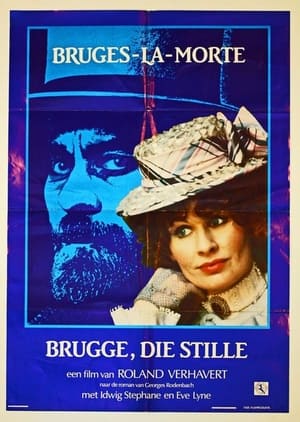 5.3
5.3Silent Bruges(nl)
Hugues cannot get over the untimely death of his wife Blanche, who made him happy for ten years. He lives alone in his house in Bruges, a city he would like to be dead like his wife. The sorrowful widower has transformed the place he lives in into a shrine dedicated to his beloved wife. One day, he meets Jeanne, a ballet dancer, who looks like Blanche.
 7.3
7.3Rachel Bloom: Death, Let Me Do My Special(en)
Comedian and actor Rachel Bloom muses on birth, death, cosmic uncertainty and pungent trees in this whimsical and reflective musical comedy special.
 10.0
10.0Lala Begum(ur)
Two estranged sisters meet at their family home after 20 years and end up unearthing many skeletons in their closet.
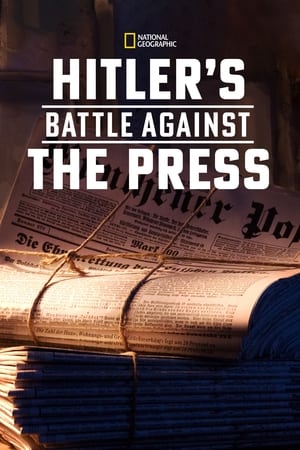 7.6
7.6Hitler's Battle Against the Press(de)
As early as 1920, the journalists of the "Münchener Post" recognized the danger posed by Adolf Hitler. Consistently and boldly they wrote about National Socialism. The brave journalists and their newspaper are almost forgotten today. A single book has been published about them - in Brazil.
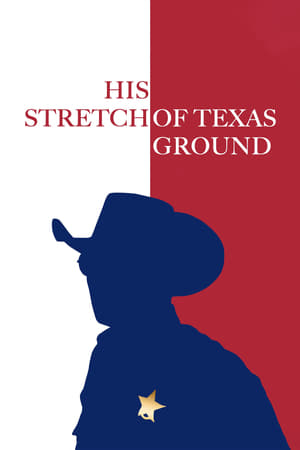 5.0
5.0His Stretch of Texas Ground(en)
Sheriff Joe Haladin is back, and this time, a vicious ex-con returns to Arlettsville and commits a crime so vile, it consumes the whole town and the whole country. Evil knows no bounds, but neither does Sheriff Joe.
To Live & Ride in L.A.(en)
For fixed-gear cyclists, Los Angeles is a city that has it all. From the neon glow of Hollywood to the sun-drenched boardwalk of Venice Beach, fixed-gear has evolved into a vibrant street culture that is uniquely L.A. From director David Rowe (Fast Friday) comes a new documentary feature that explores a side of L.A. few outsiders have seen. From races through rush-hour traffic to midnight loft parties, To Live & Ride in L.A. is a fast paced-trip through the busy streets and back-alleys of one of the world's largest cities. To Live & Ride in L.A. features talented local riders tearing up the streets with first-time visitor Keo Curry (Fast Friday, Macaframa) - one of the living legends of the sport. Bike to hidden spots off the map, race a midnight alley-cat, keep pace with the riders from Wolfpack, and hang with the local crews, graffiti artists and other L.A. personalities burning up the fixed-gear scene.
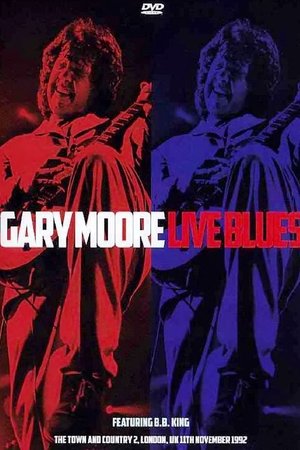 10.0
10.0Gary Moore: Live Blues(en)
Blues Alive is a live album by Northern Irish guitarist Gary Moore, released in 1993. It is a collection of recordings taken from his 1992 tour and draws most of its material from Moore's then-recent Still Got the Blues and After Hours albums. Recorded at The Town And Country Club 2, London 11/11/92
 5.0
5.0Atempause(de)
The story of Esther (40) and her ex-husband Frank (42). Their nine-year-old son Hannes is declared brain dead after a soccer accident. From one second to the next, the parents lose their child. Nothing could have prepared them for this moment. They now have to watch helplessly and face fate. At the clinic, they meet a Turkish family in the same situation. Together, the separated couple face the most difficult decision of their lives. When will we finally switch off the devices? Will we release the organs for donation?
Anger Sees Red(en)
Starring the color red, we see a chap in a blue shirt & blue baseball cap walking down a pink street (thanks to camera filters). Discarding the shirt he takes a nap in the sun, but soon sits up & introduces himself as Red. His missing blue shirt reappears & he goes for a walk looking at stop signs, because they're red, & walks past walls painted red, arriving home to look out the window with binoculars, presumedly at something red.
 9.0
9.0Korn: MTV Unplugged(en)
MTV Unplugged: Korn is an acoustic live album by the band Korn released worldwide on March 5, 2007 and on the following day in the USA.
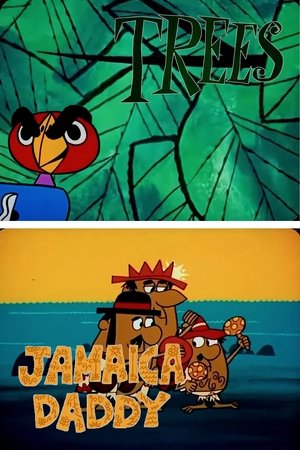 4.2
4.2Trees and Jamaica Daddy(en)
"Trees and Jamaica Daddy" was the first of a UPA series (short-lived) that featured two different subjects (plot, characters)running about 3.5 minutes each, on a seven-minute reel. The first one here was titled "Trees", featuring a little girl named Hattie giving her version of the birds, the bees and trees. The second one on the reel was called "Jamaica Daddy", about the animated Hamilton Ham and his band, who tell all about, in music and the usual UPA animation style, Jamaica Daddy, and his family tree in calypso fashion. "Ham-and-Hattie" were not a team, and did not appear together in this cartoon.
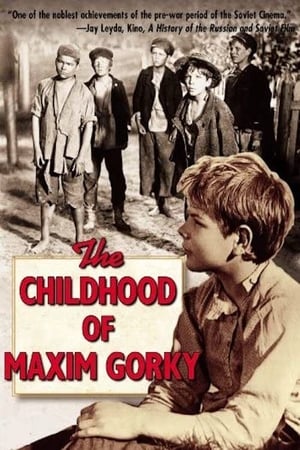 6.0
6.0The Childhood of Maxim Gorky(ru)
Young Maxim grows up under the czarist regime with his grandparents as guardians. Continually demeaned by his martinet grandfather, Maxim is drawn to his warm-hearted grandmother, who instills in him the willingness to pursue his writing muse.
 5.8
5.8Be Silent, My Sorrow, Be Silent(ru)
Paula is a circus performer married to the alcoholic clown-acrobat Lorio. Lorio's heavy drinking leads to him being severely injured during a performance. This forces Paula and the now-crippled Lorio to become street musicians. This film formerly ran to 81 minutes – regrettably, the second half is considered lost.
 4.0
4.0Primera(es)
On October 18 2019, a student uprising was triggered in Santiago over the Chilean government’s increase in metro fare. As the country awakens to the unrelenting abuse of power enacted by a neoliberalist government, and a mistrust in the political class intensifies, we follow Angy and Felipe—two parents who embrace their new roles as activists and enlist in the expanding movement that is fighting for a new Constitution and a just society.
Skinningrove(en)
A photographer shares unpublished images chronicling time spent among the 'fiercely independent' residents of a remote English fishing village.
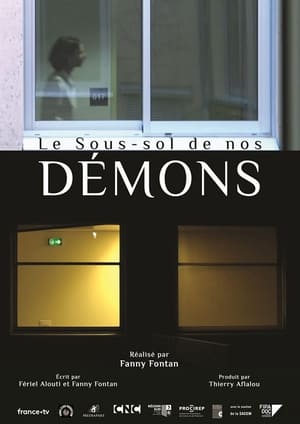 7.0
7.0Le Sous-sol de nos démons(fr)
Every day, at Lapeyronie hospital in Montpellier, France, a psychologist and a psychiatrist treat pedophiles and child sexual offenders. Behind closed doors, hidden away from sight, they listen to their stories, help put words to acts and impulses. And they fight for basic prevention systems to be funded and put into practice.
Similar Movies
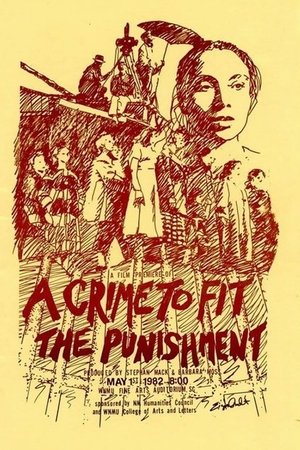 0.0
0.0A Crime to Fit the Punishment(en)
This fascinating making-of documentary investigates the controversy and political atmosphere surrounding the production of Salt of the Earth, movingly chronicling the filmmakers' defiance of the blacklist. (BAM) Preserved by the Academy Film Archive in 2015.
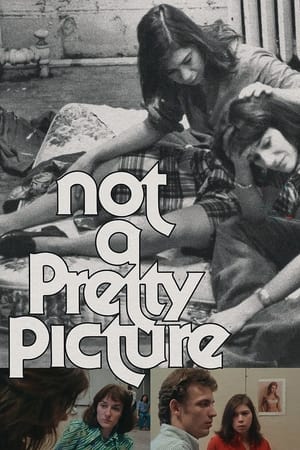 7.6
7.6Not a Pretty Picture(en)
Mixing narrative and documentary, the film retells a 16 year old girl's experience of a date rape.
 6.4
6.4Primary(en)
Primary is a documentary film about the primary elections between John F. Kennedy and Hubert Humphrey in 1960. Primary is the first documentary to use light equipment in order to follow their subjects in a more intimate filmmaking style. This unconventional way of filming created a new look for documentary films where the camera’s lens was right in the middle of what ever drama was occurring. Preserved by the Academy Film Archive in partnership with The Film Foundation in 1998.
Screen Actors(en)
This short film takes a look at the off-screen personas of screen actors. Preserved by the Academy Film Archive in 2012.
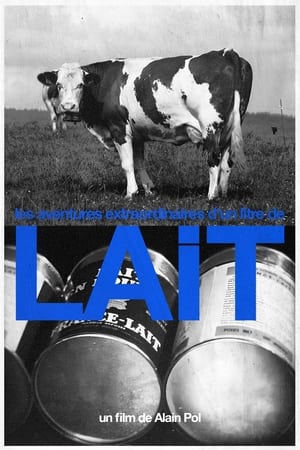 10.0
10.0The Extraordinary Adventures of a Quart of Milk(fr)
Documentary short subject preserved by the Academy Film Archive, from the Marshall Plan Collection, in 2003.
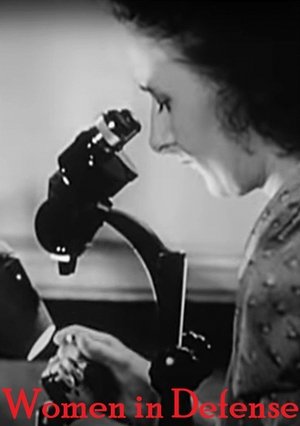 4.8
4.8Women in Defense(en)
Short documentary extolling the virtues and necessity for women to participate in America's preparation for war, showing women working in scientific, industrial, and voluntary-services activities. Preserved by the Academy Film Archive in 2008.
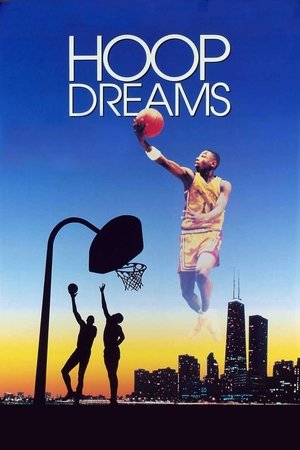 7.6
7.6Hoop Dreams(en)
Every school day, African-American teenagers William Gates and Arthur Agee travel 90 minutes each way from inner-city Chicago to St. Joseph High School in Westchester, Illinois, a predominately white suburban school well-known for the excellence of its basketball program. Gates and Agee dream of NBA stardom, and with the support of their close-knit families, they battle the social and physical obstacles that stand in their way. This acclaimed documentary was shot over the course of five years.
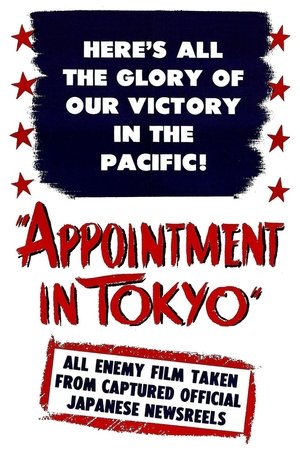 5.8
5.8Appointment in Tokyo(en)
Produced by the Army Pictorial Service, Signal Corps, with the cooperation of the Army Air Forces and the United States Navy, and released by Warner Bros. for the War Activities Committee shortly after the surrender of Japan. Follow General Douglas MacArthur and his men from their exile from the Philippines in early 1942, through the signing of the instrument of surrender on the USS Missouri on September 1, 1945. Preserved by the Academy Film Archive in 2013.
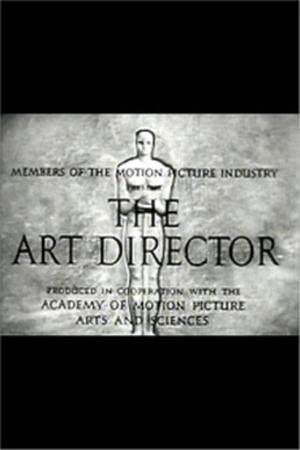 0.0
0.0The Art Director(en)
A film's art director is in charge of the set, from conception to construction to furnishing. This short film walks the viewer through art directors' responsibilities and the demands on their talents. They read a script carefully and design a set to capture the time and place, the social strata, and the mood. They must be scholars of the history of architecture, furnishings, and fashion. They choose the colors on a set in anticipation of the lighting and the mood. Their work also sets styles, from Art Deco in the 20's to 30s modernism. Then it's on to the next project. Preserved by the Academy Film Archive in 2012.
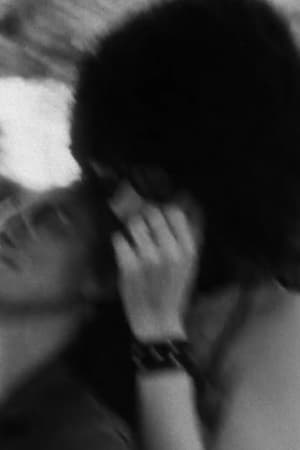 4.0
4.0I Don't Know(en)
A truly major work, I Don’t Know observes the relationship between a lesbian and a transgender person who prefers to be identified somewhere in between male and female, in an expression of personal ambiguity suggested by the film’s title. This nonfiction film – an unusual, partly staged work of semi-verité – is the first of Spheeris’s films to fully embrace what would become her characteristic documentary style: probing, intimate, uncompromising. Preserved by the Academy Film Archive in 2014.
 6.4
6.4The Wormwood Star(en)
A portrait of artist, actress, poet and occultist Marjorie Cameron, it shows images of her paintings and recitations of her poems. Preserved by the Academy Film Archive in 2006.
 6.0
6.0The Chair(en)
Follows a crusading lawyer as he embarks on a campaign to save an African-American man, Paul Crump, from the electric chair. Preserved by the Academy Film Archive in partnership with The Film Foundation in 2007.
 7.6
7.6Burden of Dreams(en)
The Amazon rain forest, 1979. The crew of Fitzcarraldo (1982), a film directed by German director Werner Herzog, soon finds itself with problems related to casting, tribal struggles and accidents, among many other setbacks; but nothing compared to dragging a huge steamboat up a mountain, while Herzog embraces the path of a certain madness to make his vision come true.
 6.5
6.5Sikkim(en)
Satyajit Ray's poetic documentary was commissioned by the Chogyal (King) of Sikkim at a time when he felt the sovereignty of Sikkim was under threat from both China and India. Ray's documentary is about the sovereignty of Sikkim. The film was banned by the government of India when Sikkim merged with India in 1975. The ban was finally lifted by the Ministry of External Affairs in September 2010. Preserved by the Academy Film Archive in 2007.
 5.0
5.0The Town(en)
The Town was a short propaganda film produced by the Office of War Information in 1945. It presents an idealized vision of American life, shown in microcosm by Madison, Indiana. It was created primarily for exhibition abroad, to provide international audiences a more well-rounded view of America, and was therefore produced in more than 20 translations. Preserved by the Academy Film Archive in 2012.
 7.7
7.7Marjoe(en)
Part documentary, part expose, this film follows one-time child evangelist Marjoe Gortner on the "church tent" Revivalist circuit, commenting on the showmanship of Evangelism and "the religion business", prior to the start of "televangelism". Preserved by the Academy Film Archive in 2005.
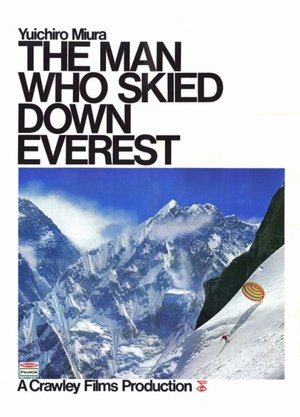 6.6
6.6The Man Who Skied Down Everest(en)
This Oscar-winning documentary tells the story behind Japanese daredevil Yuichiro Miura's 1970 effort to ski down the world's tallest mountain. Preserved by the Academy Film Archive in 2010.
 7.5
7.5Harlan County U.S.A.(en)
This film documents the coal miners' strike against the Brookside Mine of the Eastover Mining Company in Harlan County, Kentucky in June, 1973. Eastovers refusal to sign a contract (when the miners joined with the United Mine Workers of America) led to the strike, which lasted more than a year and included violent battles between gun-toting company thugs/scabs and the picketing miners and their supportive women-folk. Director Barbara Kopple puts the strike into perspective by giving us some background on the historical plight of the miners and some history of the UMWA. Preserved by the Academy Film Archive in partnership with New York Women in Film & Television in 2004.
 0.0
0.0The Costume Designer(en)
This short focuses on the job of the costume designer in the production of motion pictures. The costume designer must design clothing that is correct for the film historically and geographically, and must be appropriate for the mood of the individual scene. We see famed costume designer Edith Head at work on a production. The Costume Designer was part of The Industry Film Project, a twelve-part series produced by the film studios and the Academy. Each series episode was produced to inform the public on a specific facet of the motion picture industry. Preserved by the Academy Film Archive in 2012.
 0.0
0.0California's Golden Beginning(en)
A description and enactment of the discovery of gold by James Marshall, and the role played by John Sutter. Preserved by the Academy Film Archive.
